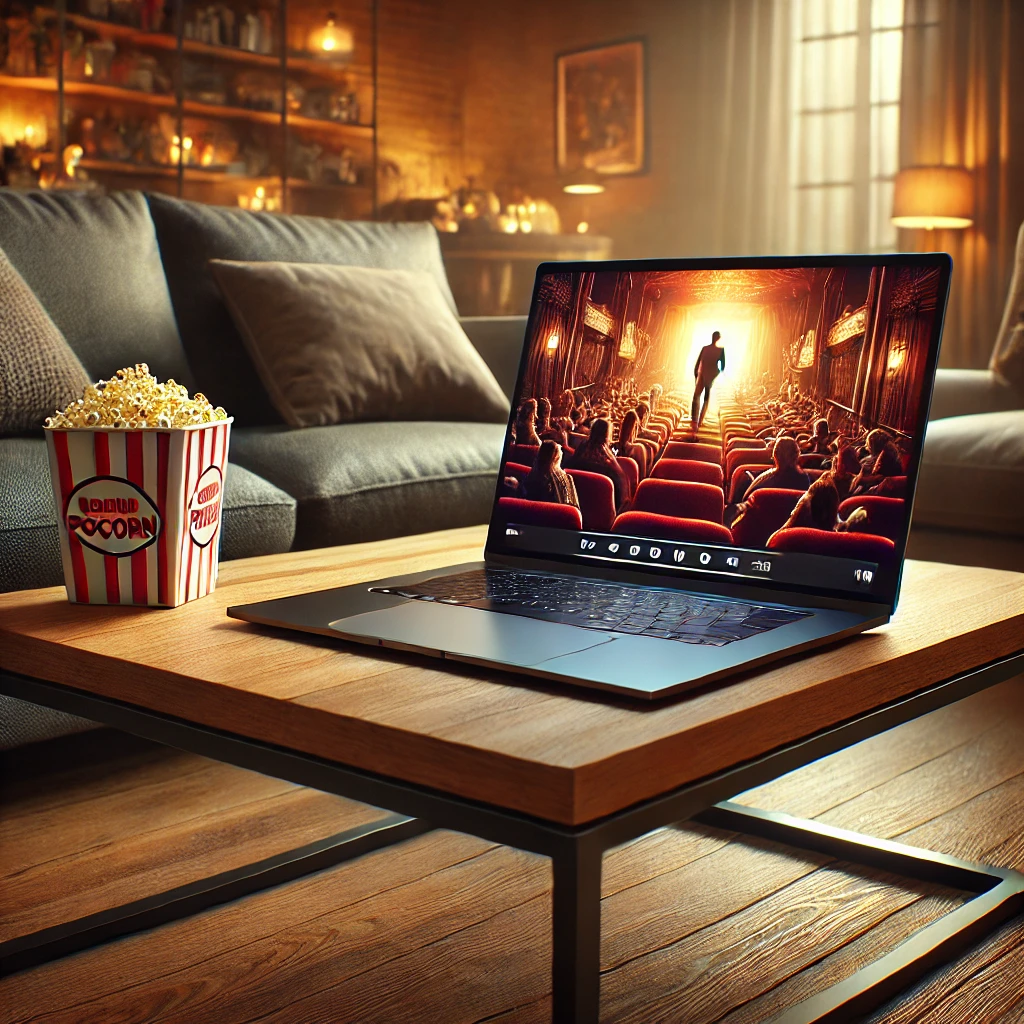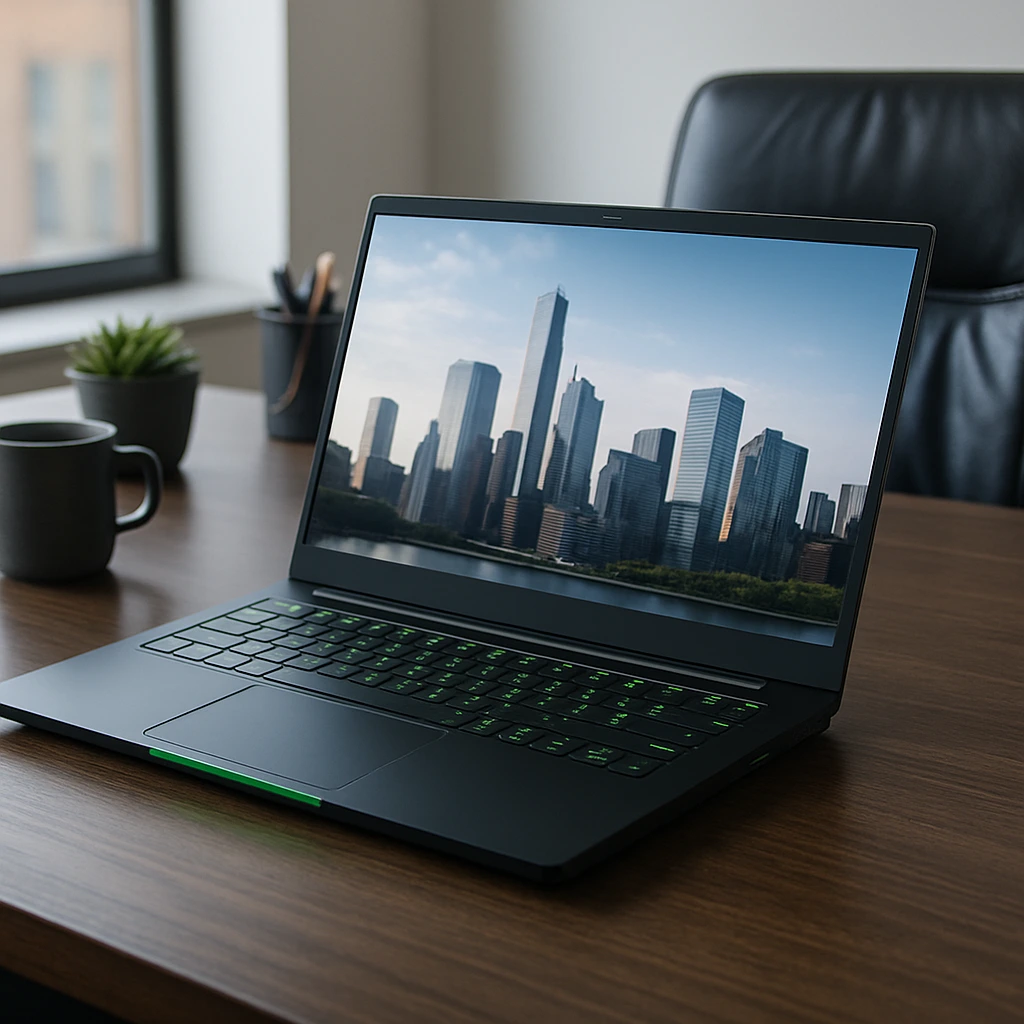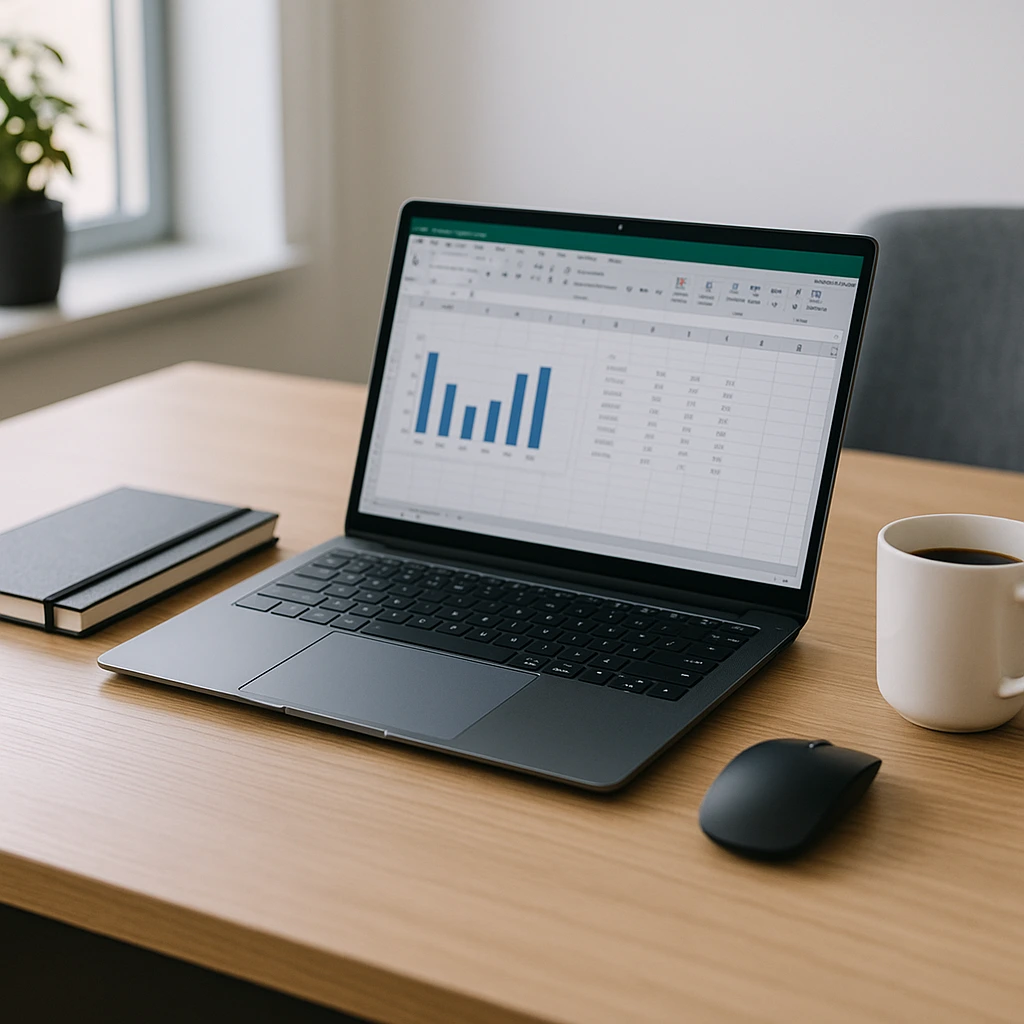Best Laptop for Photoshop and Graphic Design: Top Picks for Creatives
Disclosure: This post contains affiliate links. As an Amazon Associate, I earn from qualifying purchases—at no extra cost to you.
Finding the best laptop for Photoshop and graphic design can be challenging, especially when you need a device that combines performance, speed, and display accuracy. Whether you’re editing high-resolution images, working with complex layers, or designing digital art, the right laptop makes all the difference. Here are some top options that deliver powerful performance without compromise.
What to Look for in a Graphic Design Laptop
To run Photoshop and other creative tools smoothly, focus on these key features:
- Powerful Processor (CPU): Choose an Intel Core i7/i9 or AMD Ryzen 7/9 for fast performance.
- Dedicated Graphics Card (GPU): An NVIDIA RTX or AMD Radeon card enhances visual rendering.
- Ample RAM: 16GB or more is recommended for multitasking and handling large files.
- Fast Storage (SSD): An SSD with at least 1TB ensures faster load times and file access.
- Color-Accurate Display: Look for laptops with 100% sRGB, AdobeRGB, or Pantone validation for true-to-life colors.
Below are three powerful options that excel in Photoshop and graphic design.
MSI 2023 GF76 Katana Review
The MSI 2023 GF76 Katana combines powerful performance with an immersive display, making it ideal for designers working on detailed projects.
Key Features
- Intel Core i7-12700H Processor: Delivers fast performance for demanding creative tasks.
- NVIDIA GeForce RTX 3060 GPU: Ensures smooth rendering and enhanced performance in Photoshop.
- 32GB DDR4 RAM & 1TB NVMe SSD: Provides plenty of memory and fast storage for large files.
- 17.3″ FHD IPS 144Hz Display: Offers sharp visuals with accurate color reproduction.
This model is perfect for creatives who need powerful hardware at a reasonable price.
HP 17 Touchscreen Laptop Review
The HP 17 laptop is an affordable yet capable choice, ideal for designers seeking added versatility through touchscreen functionality.
Key Features
- Intel Core i7-1255U Processor: Handles graphic design applications efficiently.
- 32GB RAM & 2TB SSD: Ensures seamless multitasking and ample storage for design files.
- 17.3” HD+ Touchscreen Display: Adds convenience for photo editing and digital sketching.
This model is great for artists who value a larger screen and touchscreen functionality for intuitive editing.
ASUS ROG Strix G18 Review
The ASUS ROG Strix G18 is a powerful gaming laptop with top-tier hardware that also functions as a graphic design powerhouse.
Key Features
- Intel Core i9-14900HX Processor: Provides exceptional performance for resource-heavy tasks.
- NVIDIA GeForce RTX 4070 GPU: Ensures smooth performance with 3D rendering and visual effects.
- 32GB DDR5 RAM & 1TB PCIe SSD: Offers fast file access and ample space for design projects.
- 18” Nebula QHD 240Hz Display: Delivers sharp, color-accurate visuals for precise design work.
This laptop offers unbeatable power for graphic designers who work with complex 3D models, animations, or large Photoshop files.
Conclusion
The best laptop for Photoshop and graphic design depends on your creative needs:
- Choose the MSI 2023 GF76 Katana for powerful performance at a great value.
- The HP 17 Touchscreen Laptop is ideal for artists who value intuitive touch control.
- The ASUS ROG Strix G18 offers unmatched power for intensive design projects and 3D rendering.
Investing in a laptop with strong performance, accurate color display, and fast storage ensures your creative projects run smoothly and efficiently.






